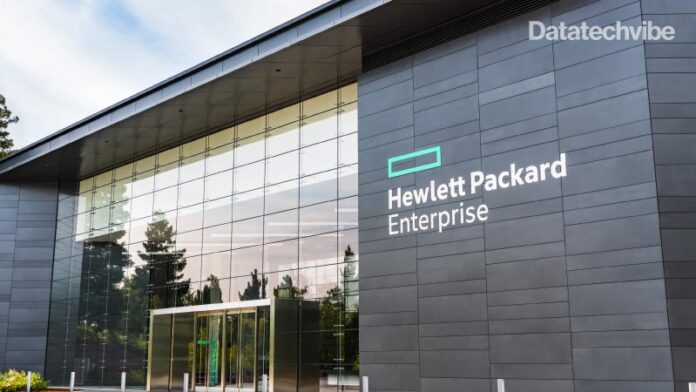The solution increases accuracy and reduces biases in AI model training by enabling access to larger datasets
Hewlett Packard Enterprise announced the launch of HPE Swarm Learning, a breakthrough AI solution to accelerate insights at the edge, from diagnosing diseases to detecting credit card fraud, by sharing and unifying AI model learnings without compromising data privacy.
HPE Swarm Learning, which Hewlett Packard Labs developed, HPE’s R&D organisation, is a decentralised machine learning framework for the edge or distributed sites. The solution provides customers with containers that are easily integrated with AI models using the HPE swarm API. Users can then immediately share AI model learnings within their organisation and outside with industry peers to improve training, without sharing actual data.
“Swarm learning is a new, powerful approach to AI that has already made progress in addressing global challenges such as advancing patient healthcare and improving anomaly detection that aid efforts in fraud detection and predictive maintenance. HPE is contributing to the swarm learning movement in a meaningful way by delivering an enterprise-class solution that uniquely enables organisations to collaborate, innovate, and accelerate the power of AI models while preserving each organisation’s ethics, data privacy, and governance standards,” said Justin Hotard, Executive Vice President and General Manager, HPC & AI, HPE.
HPE Swarm Learning uniquely enables organisations to use distributed data at its source, increasing the dataset size for training and building machine learning models to learn equitably while preserving data governance and privacy. To ensure that only learnings captured from the edge are shared, and not the data itself, HPE Swarm Learning uses blockchain technology to securely onboard members, dynamically elect a leader, and merge model parameters to provide resilience and security to the swarm network.
Additionally, by only sharing the learnings, HPE Swarm Learning allows users to leverage large training datasets, without compromising privacy and helps remove biases to increase accuracy in models.









